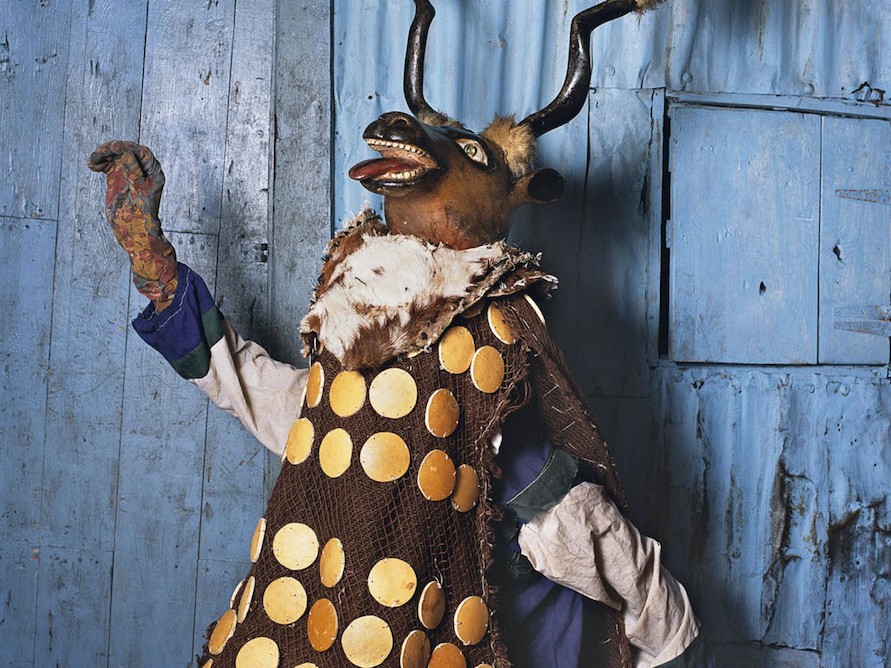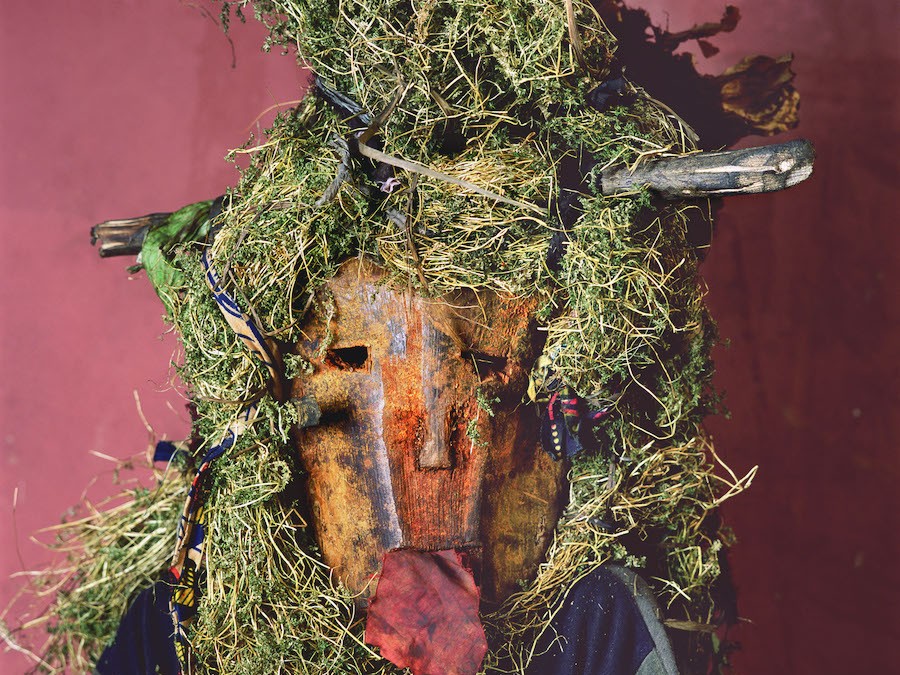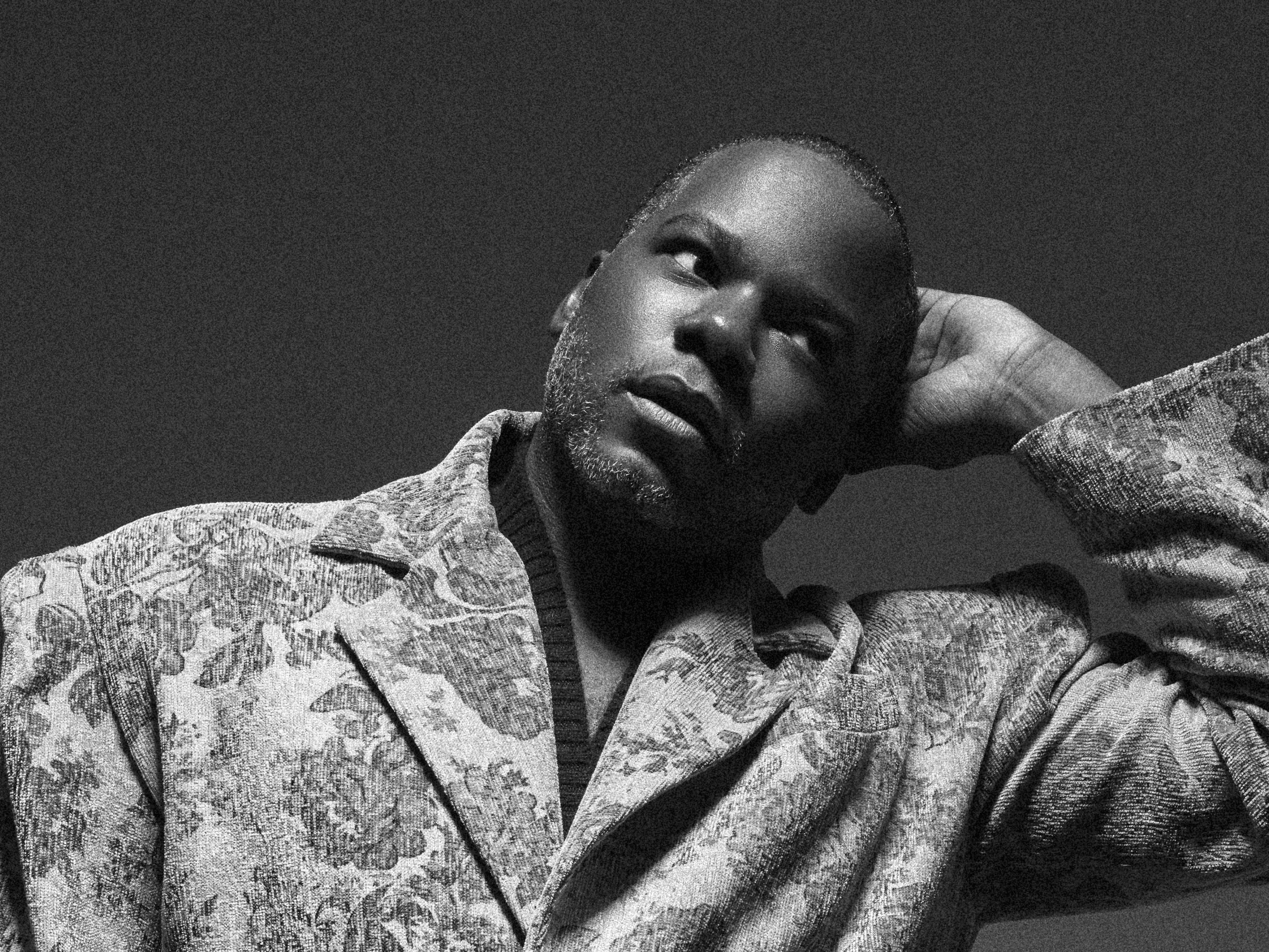Share this!
Amazing African Headwraps
We know it by many names- ‘head rag’, ‘head-tie’, ‘head handkerchief’, ‘turban’, or ‘head-wrap’. This piece of cloth is more than simple. The headwrap has been a woman’s staple for generations. However, no other culture ties their head wraps, like the women in the African diaspora. Using a seemingly endless series of knots and ties, African headwraps are both fashion statement and a cultural rite of passage.
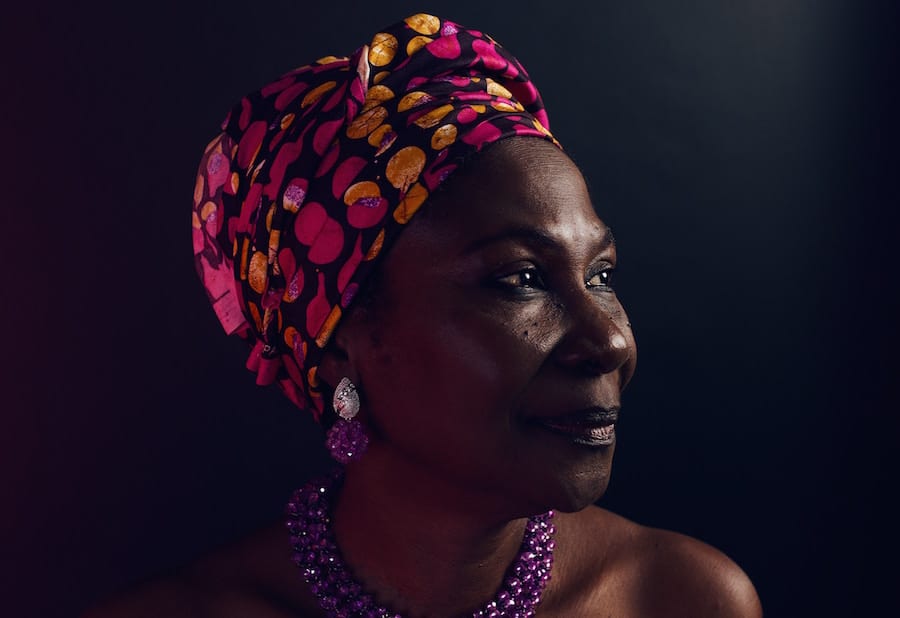
History
While women have been tying cloths on their heads since the dawn of time, what is specific to African women is the way in which the cloth is tied. Originating in the sub-Saharan, the headwrap symbolizes status, events, religion, and community. The way one ties their wrap can symbolize family ties, regional origin, and their position in society. In the United States, headwraps have historical significance from slavery. During the slavery and antebellum era in American history, black women were legally required to wear head cloths. As the women worked, other uses emerged, Head wraps protected the hair from grime and lice, absorbed perspiration, and a covered head made one appear “presentable.”
In the Civil Rights era and beyond, the head wrap was a powerful symbol of Afrocentric pride during a time where black Americans were being actively discriminated against. It is seen as a way to express unity and reclaim a sense of connection to the African continent. Today, head wraps can be found all over the fashion industry from the runways of Fashion Week to the red carpets of Hollywood.
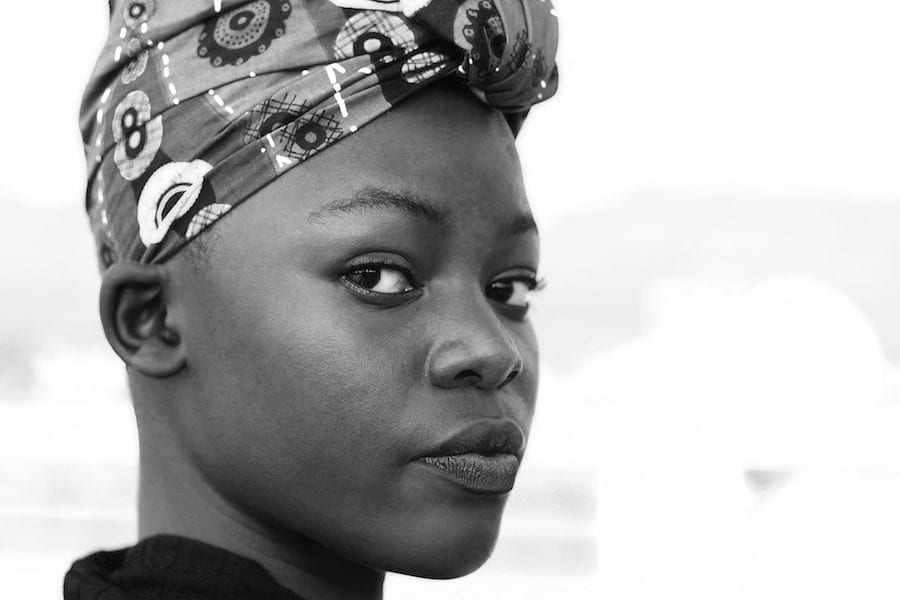
Styles and Origins
As we’ve mentioned, there are a multitude of ways both African and African American women style their wraps. In fact, there isn’t a single country in African that doesn’t make use of the headwrap. Many styles can be traced back to specific regions across the continent. And each county uses specific materials, patterns and manner of wrapping their heads. Nambian and South African elders traditionally wear headwraps called “doeks.” This head covering is also preferred by those living in rural areas. For Pentecostal church services, women wear their doeks in a crisp ceremonial white.
In Zimbabwe, women of BaTongan heritage wear their “dhuku” as both fashion accessory and ceremonial adornment. How the wrap is worn depends on the occasion. For weddings and formal social events, the dhuku is worn upward, and for funerals or solemn events, the cloth is wrapped downward. In comparison to the elaborate hair ties of other cultures, the BaTongan women are relatively conservative, but no less stunning.
The Duku and Gele
Women have worn the “duku” of Ghana and Nigerian “gele” for generations. They are two of the most recognizable of African headdresses. While a gele can be worn daily, it is most recognized at special occasions such as weddings, birthdays, and child dedications. Oscar-winner Lupita N’yongo famously wore a gele to the premiere of her film “Queen of Katwe.” The gele is typically made from stiffer cloth, and professional stylists are bought in to assist in creating elaborate wrappings.
Wraps for Men
A common misconception is that women exclusively wear head wraps. Nothing can be further from the truth. Just like with the ladies, headwraps for African men are symbols of family ties, wealth and social status. Men are also known to wear head coverings for special occasions such as weddings and birthdays. Today, many entertainers and fans alike don headwraps for concerts and red carpet appearances. Men of the Rastafarian faith, which is prominent in Jamaica, also wear wraps as part of religious practice.
The Modern Take on Tradition
Despite the afrocentricism of the 70s, the public seemed to fall out of love with headwraps in the 80s and 90s. Today, as more and more millennials in the diaspora embrace ancestral traditions, wearing a headwrap has transformed from a sign of bondage to a symbol of pride, to fashion’s best accessory. One influencer leading the charge is 30-year-old Nnenna Stella of “The Wrap Life.” Hailing from Little Rock, Arkansas, Nnenna was inspired by the afro-centric styles of Brooklyn, New York where she relocated in 2014. She was inspired to launch TheWrapLife.com after searching unsuccessfully for authentic prints that went beyond the “tribal” aesthetic found online and in department stores.

Today, The Wrap Life has a world wide fan base. Stella in handpicks the vivid printed scarves from sustainable sources in Ghana and Morocco and constructs them in her Brooklyn studio. Her mission is to not only provide a product she thought was missing in fashion, but to also offer a platform for black women to feel accurately portrayed online; stylish, bold, and fearless. Over time, The Wrap Life has expanded to offer look books; photography and video styling tutorials that always thoughtfully incorporate the brand’s products. Most recently, Stella released a look book for its “So Solid” collection that features comedian Jessica Williams. The rising star is a long time fan of the brand. Her increasing global customer base constantly floors Stella. In a recent interview with Glamour magazine, Nnenne says “It’s about the individual woman—I think if you’re confident enough to wear an African print and you’re not African, that’s fine.”
Whether as a cultural, spiritual, fashion, political accessory, it’s safe to say that the head wrap has moved way beyond the realms of tradition and practicality. As more people embrace and repurpose the trends of the past, the headwrap continues to hold cultural and symbolic significance. Through trial and triumph, the bright colors and vivid prints have proven themselves to be the perfect adornment for any ensemble. Which is why you’ll now find headwraps styled with jeans, blazers, and gowns. The possibilities are truly endless for women (and men) who want to turn up the notch on their style. With more designers and brands paying attention, we can expect to see headwraps as a fashion staple for seasons to come. Drawing one’s gaze to the top of the head, in essence, it’s no wonder why African and African American women wear headwraps as a queen would wear her crown.




